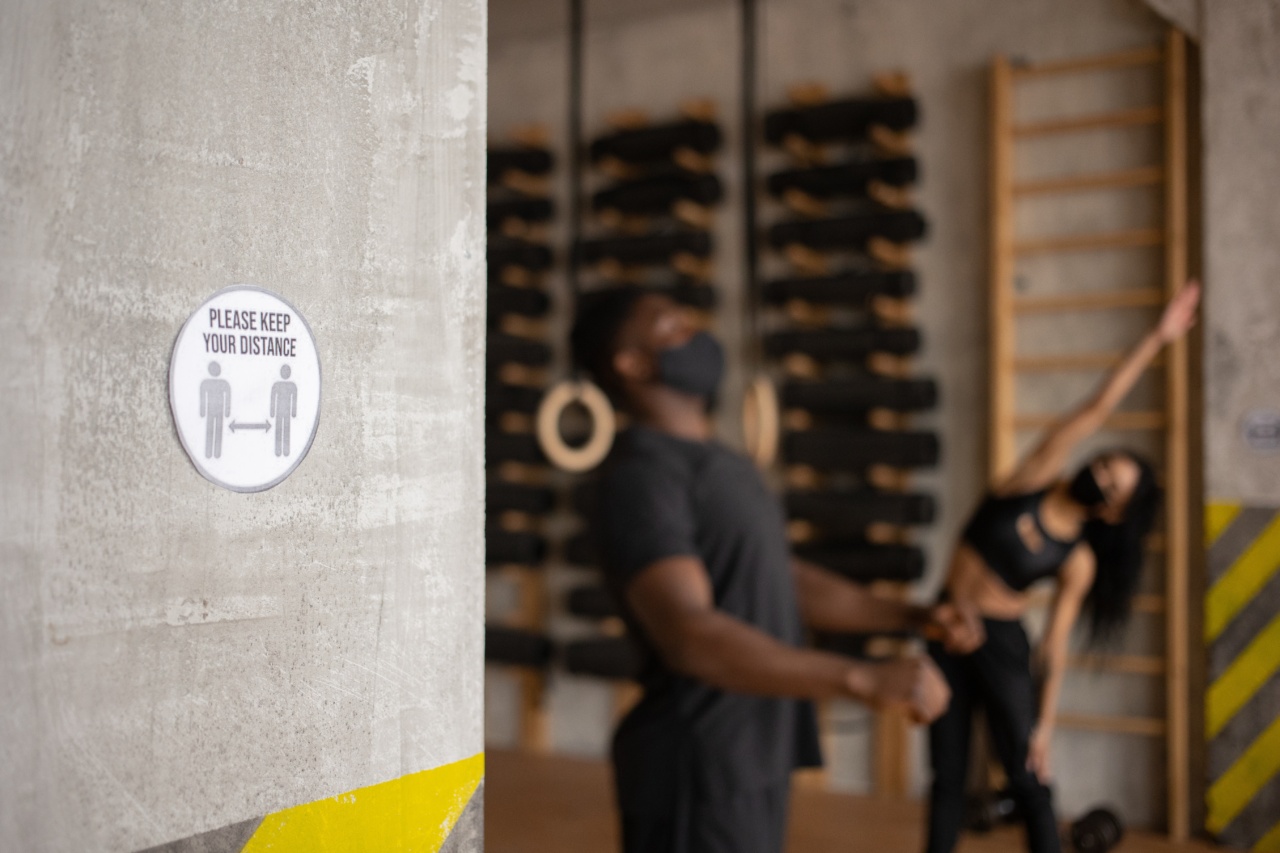High blood pressure, also known as hypertension, is a common but serious health condition that affects millions of people worldwide. If left untreated, it can lead to stroke, heart attack, kidney damage, and other health problems.
Fortunately, there are many ways to prevent and control hypertension, and one of the most effective is regular exercise.
What is Hypertension?
Hypertension is a medical condition characterized by high blood pressure, which is the force of blood pushing against the walls of the arteries as the heart pumps blood.
Blood pressure is measured in millimeters of mercury (mmHg) and is represented by two numbers. The first number represents the systolic pressure, which is the pressure when the heart beats. The second number represents the diastolic pressure, which is the pressure when the heart is at rest.
The normal blood pressure is around 120/80 mmHg, but a blood pressure reading of 140/90 mmHg or higher is considered high.
Hypertension is often called the “silent killer” because it usually has no symptoms, but it can cause serious damage to the heart, kidneys, and other organs if left untreated.
How Exercise Can Help Prevent Hypertension?
Regular exercise can help prevent hypertension and reduce the risk of heart disease and stroke.
Exercise helps lower blood pressure by making the heart stronger and more efficient at pumping blood, reducing the resistance in the arteries, and improving blood flow to the organs.
Exercise also helps reduce stress, another risk factor for hypertension. Exercise releases endorphins, which are natural mood boosters that can help reduce stress and anxiety.
Exercise also improves sleep, which is important for overall health and well-being.
What Type of Exercise is Best for Hypertension?
Any type of exercise can help prevent hypertension, but the best type is aerobic exercise, also known as cardio.
Aerobic exercises are activities that make the heart beat faster and increase breathing, such as walking, jogging, cycling, swimming, dancing, and aerobics classes.
Aim for at least 30 minutes of moderate-intensity aerobic exercise most days of the week. Moderate intensity means you are working hard enough to raise your heart rate and break a sweat, but you can still carry on a conversation.
In addition to aerobic exercise, strength training is also beneficial for hypertension. Strength training helps build muscle, which can improve insulin sensitivity, reduce inflammation, and lower blood pressure.
Examples of strength training exercises include weightlifting, resistance band exercises, and bodyweight exercises like push-ups and squats.
How to Start an Exercise Routine for Hypertension?
If you are new to exercise or have been inactive for a while, it is important to start slowly and gradually increase the intensity and duration of your workouts.
Talk to your doctor before starting an exercise program, especially if you have other health problems or are taking medications.
Begin with walking or another low-impact activity, and aim for 10-15 minutes at a time. Gradually increase the duration and intensity of your workouts, making sure to warm up and cool down before and after each session.
Find an exercise buddy or join a class to help stay motivated and accountable. Make exercise a part of your daily routine by scheduling it into your calendar and making it a priority.
Other Tips for Preventing Hypertension
In addition to exercise, there are other lifestyle changes you can make to prevent hypertension, such as:.
- Reduce salt intake
- Eat a healthy diet rich in fruits, vegetables, whole grains, and lean protein
- Maintain a healthy weight
- Limit alcohol consumption
- Avoid smoking
- Manage stress with relaxation techniques like meditation or yoga
: Conclusion
Hypertension is a serious health condition that can lead to complications if left untreated.
Regular exercise, especially aerobic and strength training, can help prevent and control hypertension by improving heart health, reducing stress, and promoting overall wellness. Talk to your doctor before starting an exercise program, and make lifestyle changes like reducing salt intake, healthy eating, maintaining a healthy weight, limiting alcohol consumption, avoiding smoking, and managing stress.





























